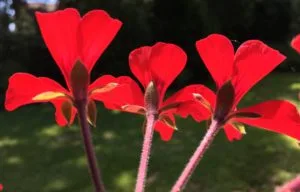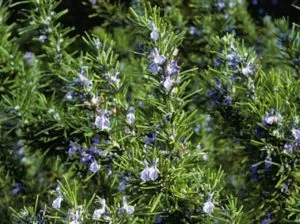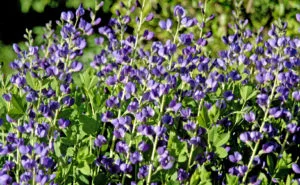Mosquitoes are an unfortunate fact of life here in the South Carolina Lowcountry. More than just a nuisance, these blood-suckers can pose a health risk, particularly with the recent arrival of the Zika Virus. Fortunately, a number of mosquito-repelling plants can be incorporated into landscape designs throughout the region. Many of them are native.
Geraniums, often used in hanging baskets throughout the area–some varieties native to the Lowcountry–, make great complements to front and back porches. In addition to making residences look inviting, they dissuade mosquitoes from entering your home.

Aromatic, evergreen, and commonly-found throughout the Lowcountry, rosemary is a wonderful mosquito-repelling herb. The smell of rosemary might make some people hungry, but it disgusts mosquitoes.

Lemongrass is another aromatic, mosquito-repelling herb commonly found throughout the Lowcountry. Organic commercial mosquito repellents often contain lemongrass extract.

Cultivated in large quantities in antebellum Charleston, indigo played an important role in the history of the Holy City. Studies suggest that, in addition to being one of the Lowcountry’s earliest cash crops, indigo kept malaria levels relatively low throughout the area until it was replaced by a new cash crop, rice.

Along with indigo dye, lavender dye has a long history in the Holy City. Ironically, lavender was difficult to grow here until recently. With the advent of a new breed, however, it’s now possible to grow the quilt-coloring, mosquito-combating crop throughout the Lowcountry with minimal effort.

A staple of Charleston gardens, marigolds repel mosquitoes in addition to providing brilliance in the Lowcountry sun. As a bonus, marigolds repel many insects that eat tomatoes, such as stinkbugs.

Seth Mason, Charleston SC








